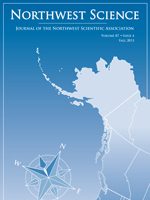Articles (6)
Articles (1)
Notes (1)
Book Reviews (1)

No abstract available
No abstract available
No abstract available
